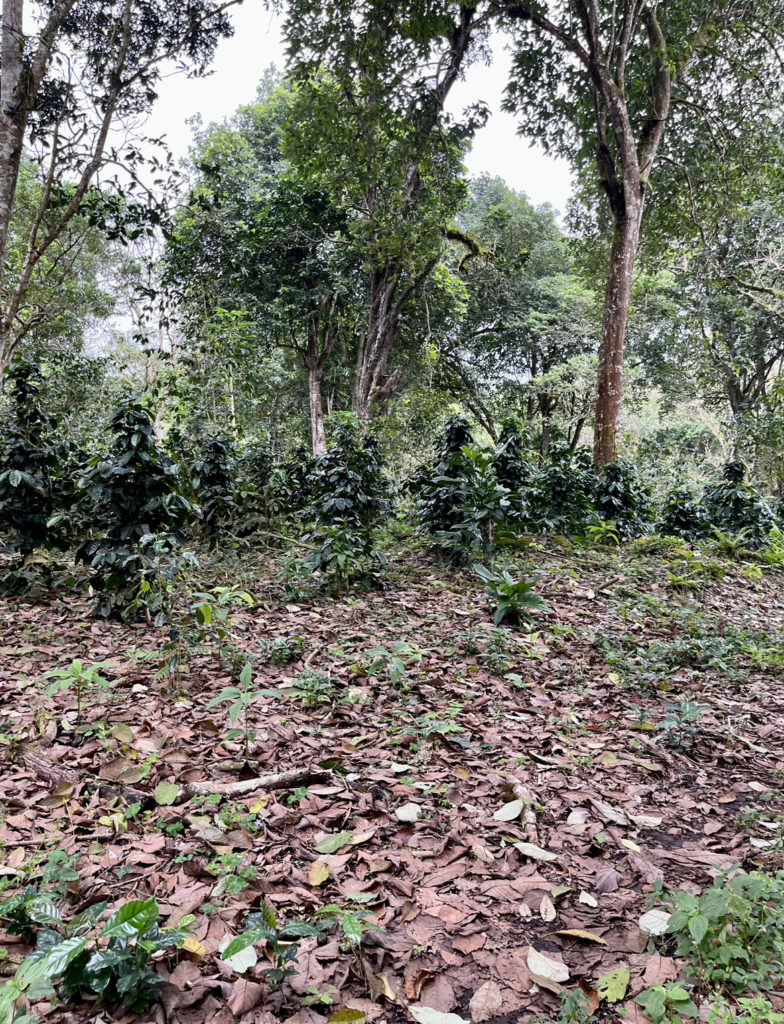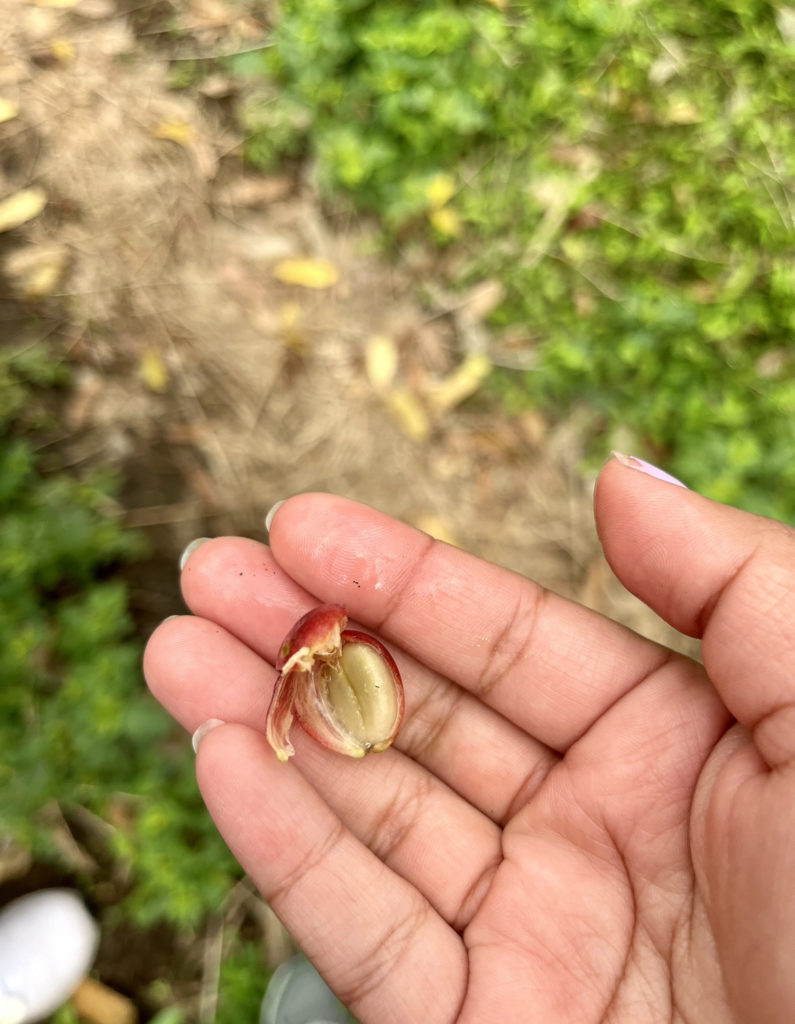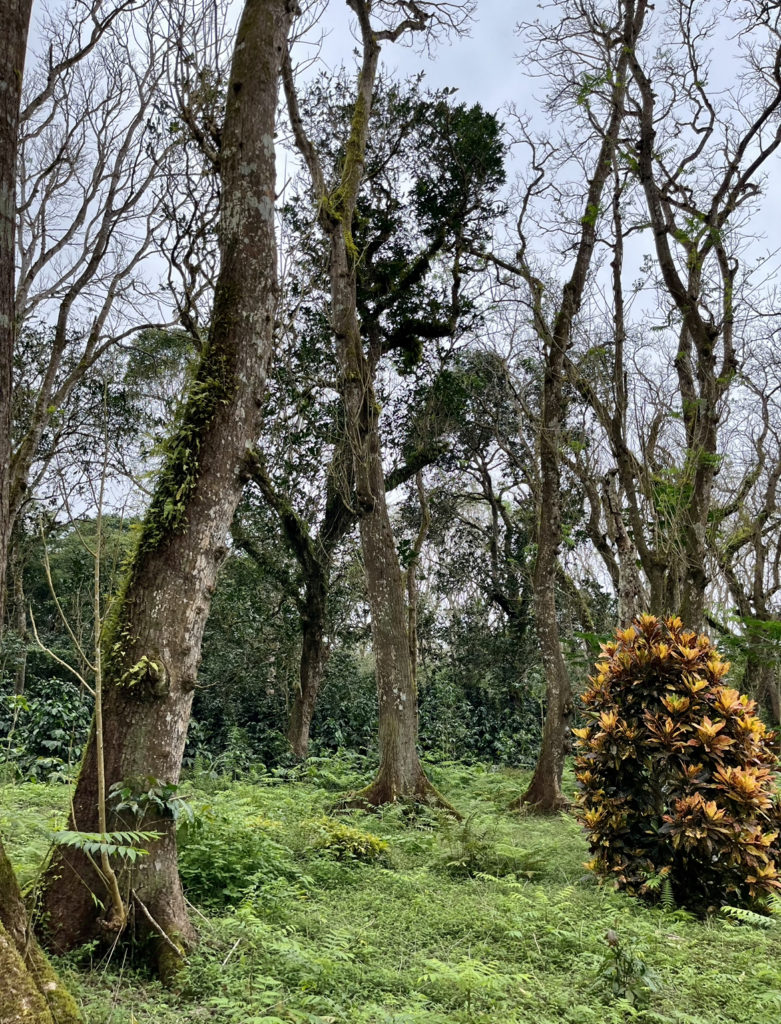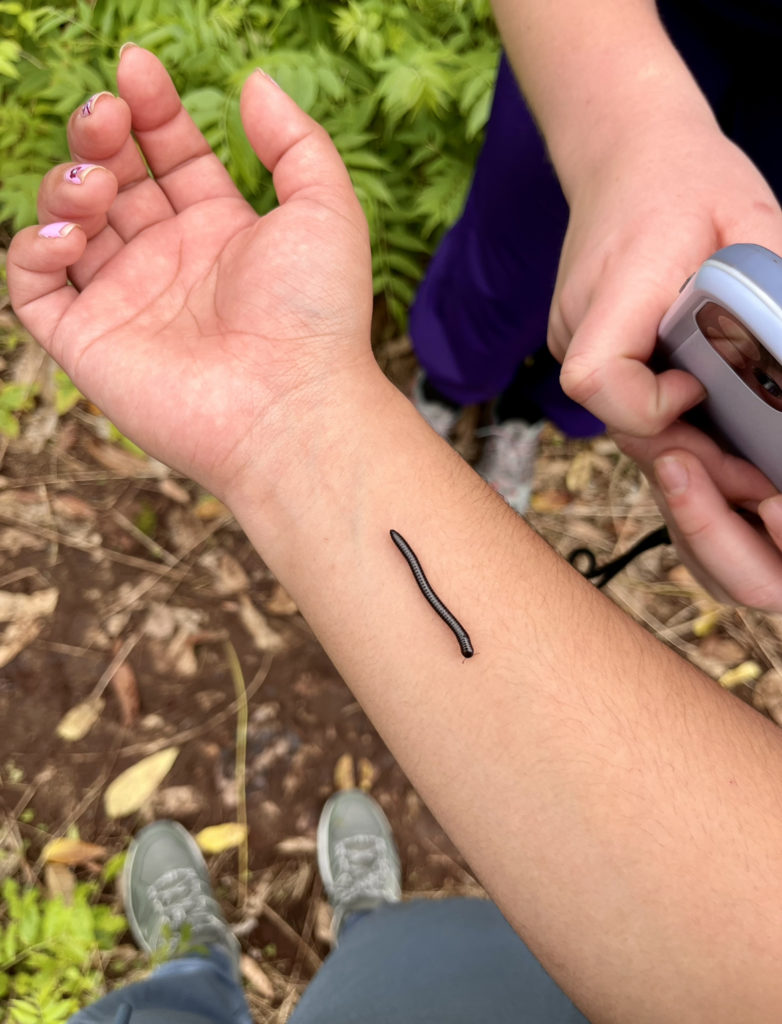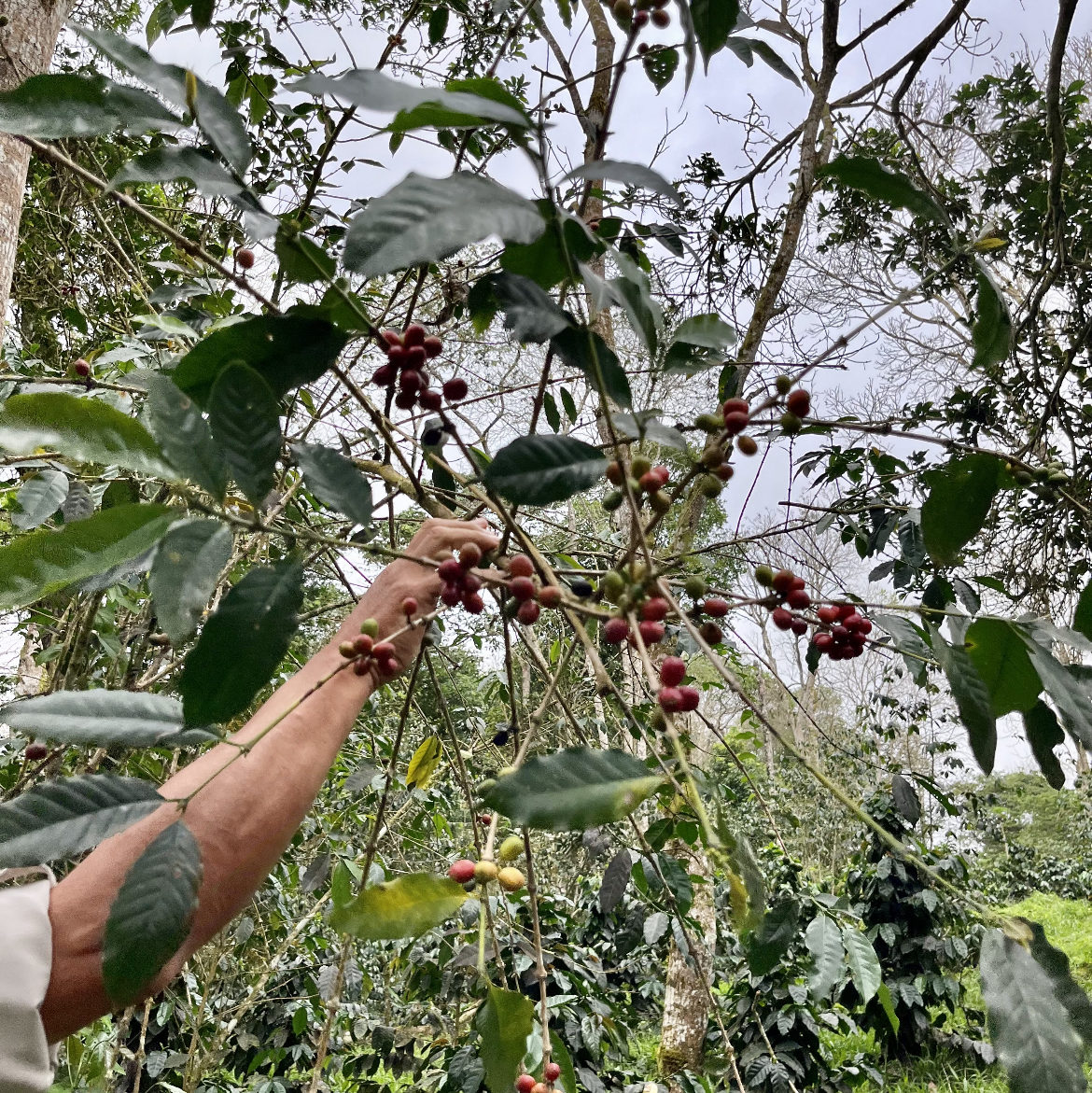
Turns out there’s a whole lot of biology behind that latte…
While my program track is Evolution, Ecology and Conservation, I’m in a climate change class for the next three weeks from the Sustainability track in my study abroad program. Monday through Thursday, we have 3 hr. long lectures at the Galapagos Science Center. On Friday, we take class field trips. This past Friday, our class took a trip to Finca-Cafetal Tres Marías, a coffee plantation located in the highlands of San Cristóbal Island.
The first thing I noticed when we stepped off the bus was an immediate change in weather. In contrast to the coast, the highlands felt cooler and more humid. Even the air smelled different, it smelled of vegetation, moisture, and decay. Our tour guide, also a coffee farmer, guided us into the forest and delivered the most inspiring lecture I have ever experienced as a Biology student. Here’s what I learned:
- Coffea is the genus that belongs to the Rubiaceae family.
- Coffea arabica is a coffee species (aka Arabian Coffee or Arabica Coffee).
- There are approximately 100 species of coffee, but the most common and available to the public are Coffea arabica and Coffea canephora (aka Robusta Coffee).
- Male coffee seeds contain 1 bean while female coffee seeds contain 2 beans! It takes approximately 72 coffee beans to make one cup of coffee, where 1lb makes 40 cups of coffee.
- Arabica coffee has a softer, sweeter taste. Robusta coffee is stronger and more bitter (it also has more caffeine).
- Arabica coffee grows in higher elevations and requires 50/50 sun/shade throughout the day. Thus, Arabica coffee grows in the highlands of the Galapagos Islands.
- Robusta coffee requires a lot of water, so in Ecuador, it is grown in the Amazon rainforest.
- Arabica coffee takes 300 days to be ready for harvest and is only harvested once a year. However, the exact time of harvest is unpredictable because the weather is unpredictable.
- In the last 10 years, it’s been too cloudy in the Galapagos to have good coffee bean production.
- The clouds in Galapagos are strongly affected by the Humboldt current and the Equatorial Current, both of these currents have experienced changes in the last couple of decades due to climate change (https://www.sciencedirect.com/science/article/abs/pii/S221146451530039).
Agroforestry: the future of agriculture?
After our long coffee 101 lecture, we learned about the method of cultivation used on this particular plantation: agroforestry. Agroforestry is an agricultural land management system where trees grow around crops. In this case, the plantation consisted of 50% coffee trees and 50% forestry. This method of agriculture is more sustainable. It maintains biodiversity, is better for conservation, and allows the Cafetal plantation to grow their coffee without the use of pesticides, insecticides, natural or artificial fertilizers. Decaying leaves from the forestry add nitrogen to the soil, endemic insects eat pests that could plague plants. The growth of coffee is left completely up to the coexistence of plants and animals of the land. Agroforestry is more sustainable and in the long run, more efficient, but it hasn’t been widely adopted because it maximizes quality and reduces production (not convenient for capitalism).
I was profoundly impacted by the visualization of such a beautiful coexistence and it left me feeling inspired, I began to imagine what sustainable agriculture could look like, how humans could ethically coexist with their environment, and how our choices as consumers impact environments and communities around the globe. Hopefully this blog post surges some of those same questions for you too.
Until next time,
Ximena


